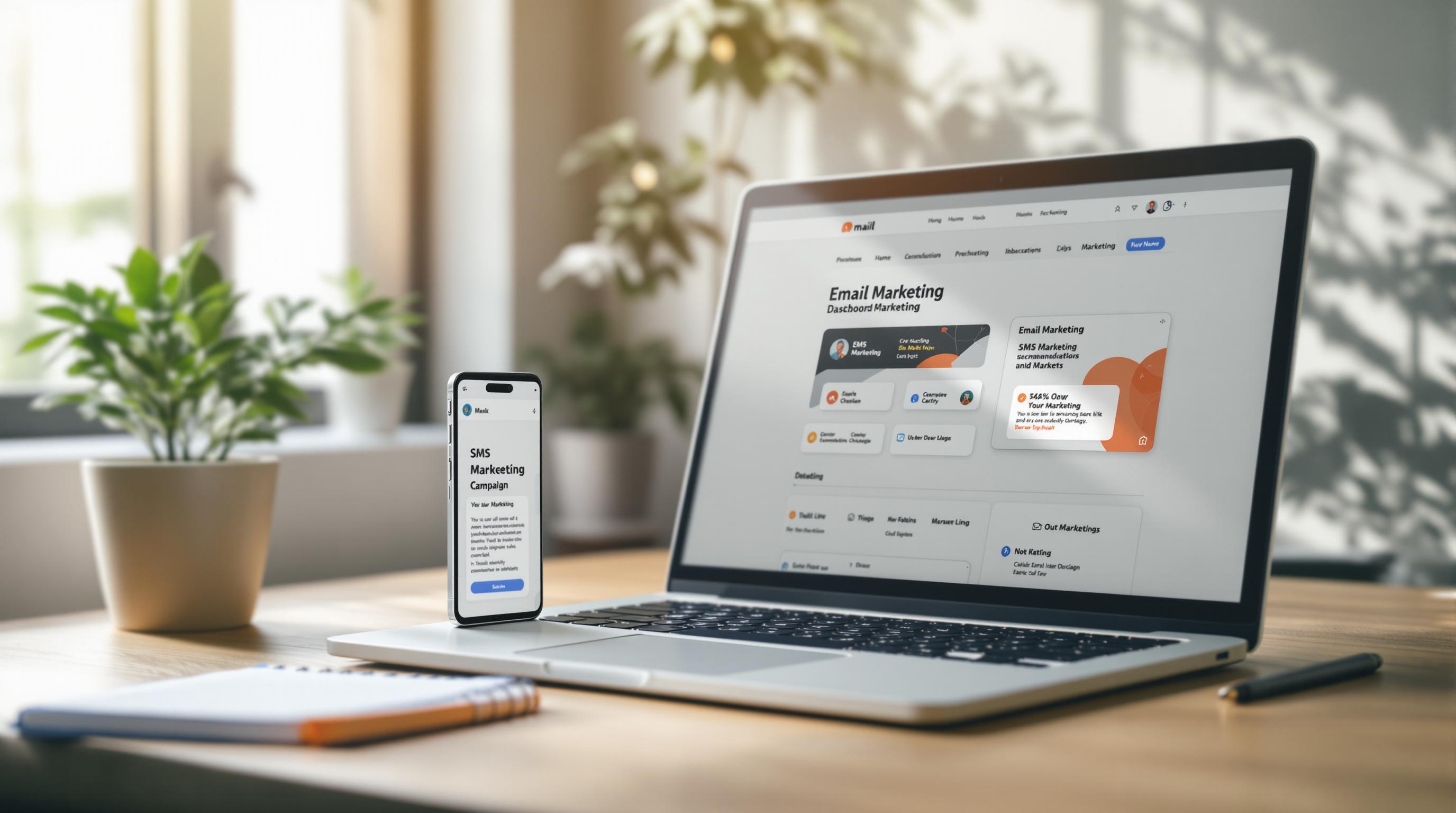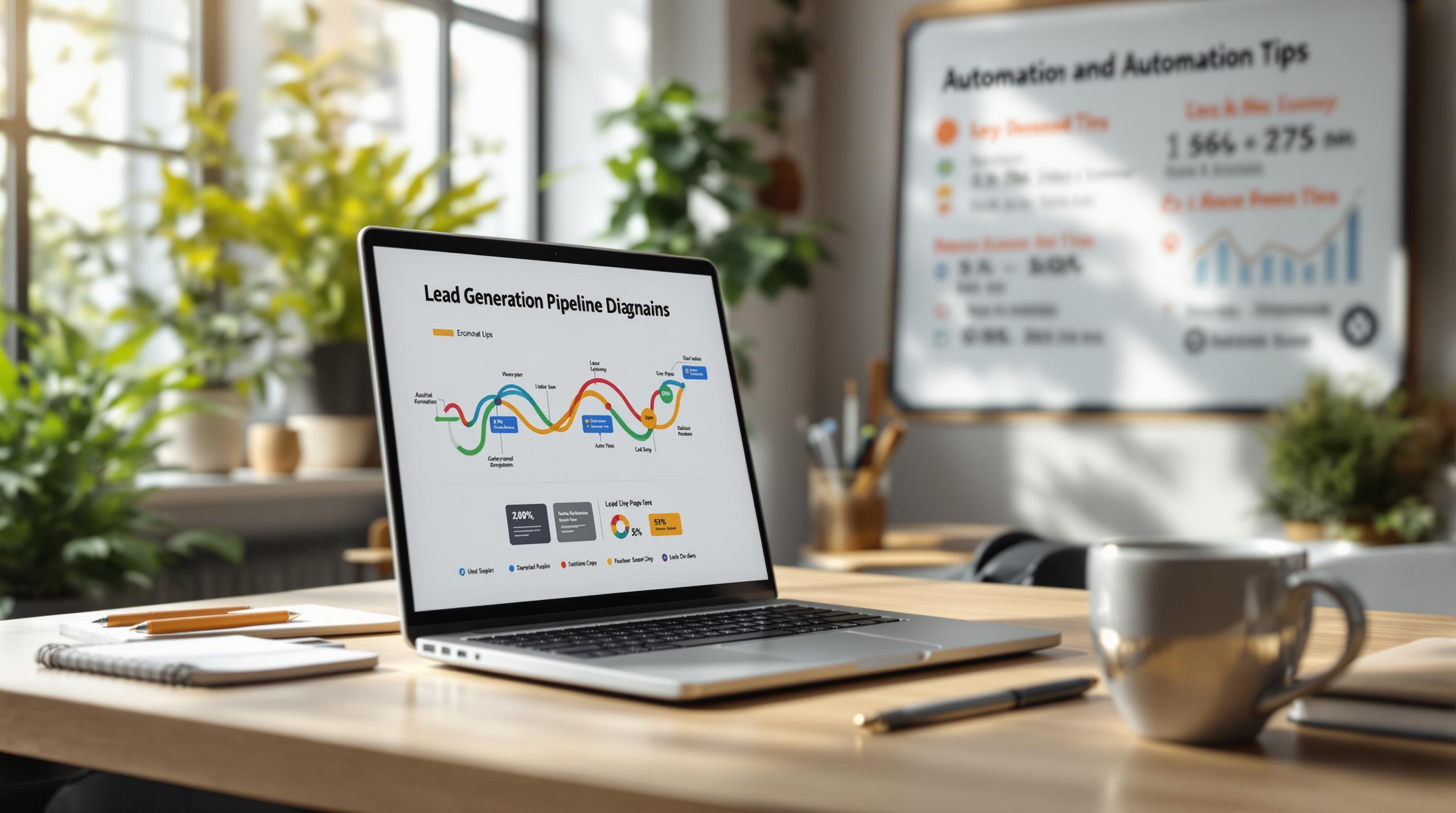Cross-border data transfers are critical for businesses using HighLevel. To stay compliant with growing regulations, here’s what you need to know:
-
Key Compliance Areas:
- Legal bases for data collection
- Secure processing and detailed documentation
- Role-based user access controls
- Safeguards like Standard Contractual Clauses (SCCs) for international transfers
-
HighLevel Security Features:
- AES-256 encryption for stored data
- TLS encryption for data in transit
- Role-based permissions to control access
-
Essential Compliance Steps:
- Record all data transfers (e.g., exports, APIs, cross-border exchanges)
- Regularly review user roles and permissions
- Use GDPR-compliant tools and monitor data flows
GDPR and International Data Transfers
HighLevel Security Features

HighLevel ensures secure cross-border data transfers while complying with international regulations. The platform integrates advanced protections without compromising on efficiency.
Data Encryption Standards
To safeguard sensitive information, HighLevel employs AES-256 encryption for stored data and TLS encryption for data in transit. Here's how these measures are applied:
| Protection Layer | Security Measure | Application |
|---|---|---|
| Data at Rest | AES-256 Encryption | Client records, campaign data, contact details |
| Data in Transit | TLS Encryption | API interactions, cross-border transfers, integrations |
These encryption methods ensure both stored and transmitted data remain secure. However, encryption alone isn't enough - managing user access is equally important.
User Permissions System
HighLevel's role-based access control system allows agencies to fine-tune user permissions. Permissions can be configured in two key areas:
- Agency-level permissions: Found under Agency Settings > Team.
- Account-specific permissions: Managed via Account Settings > My Staff.
The "Only Assigned Data" feature enhances data security by restricting users to their specific contacts, calendars, and pipeline opportunities. When enabled, it also limits access to shared elements like tags, funnels, and workflows, ensuring tighter data isolation.
To maintain security, it's essential to regularly review and update user roles. This practice helps prevent unauthorized access and strengthens data protection for global operations.
Data Transfer Compliance Steps
Data Transfer Records
Keep a detailed record of every data transfer:
| Transfer Element | Required Documentation | Purpose |
|---|---|---|
| Contact Exports | Export date, file format, included fields | To track data backups and transfers |
| API Integrations | Endpoint versions, authentication methods | For managing integrations |
| Cross-border Transfers | Transfer purpose, data types, legal basis | To meet regulatory requirements |
Only sub-account and location administrators can export contact data . Always back up data in CSV format, ensuring all necessary fields are included . These records help maintain proper user role configurations and enhance data security.
User Role Configuration
Set up user roles to ensure secure data transfers by following these steps:
-
Agency-Level Settings
- Navigate to Agency View >> Settings >> Team.
- Limit access to authorized personnel only.
-
Account-Level Controls
- Go to Account >> Settings >> My Staff.
-
Activate the "Only Assigned Data" option to restrict access to:
- Contact records
- Calendar appointments
- Pipeline opportunities
- Conversation threads
-
Permission Review Protocol
- Conduct regular audits of user access to remove unnecessary privileges and stay compliant.
Properly configured user roles form the foundation of a secure data transfer system.
Security Settings Setup
Enhance the security of data transfers by:
- Turning on two-factor authentication for users involved in data transfers .
- Verifying that encryption settings meet industry standards.
- Implementing audit logging to monitor data access and changes .
When possible, use API 2.0 endpoints for safer integrations . Regularly review API integration settings to ensure they align with current security requirements.
sbb-itb-f031672
Cross-Border Data Rules
Handling international data transfers with HighLevel requires careful attention to legal and monitoring protocols. While HighLevel holds EU certification , users are ultimately responsible for ensuring compliance.
Legal Requirements
HighLevel supports cross-border transfers through two primary legal mechanisms:
| Mechanism | Key Features | Implementation Requirements |
|---|---|---|
| Standard Contractual Clauses (SCCs) | EU Commission-approved with standardized terms | Ongoing evaluation of data protection measures and documentation of transfers |
| Binding Corporate Rules (BCRs) | Internal policies for multinational organizations | Approval by data protection authorities and full integration into operations |
HighLevel includes SCCs in its Data Processing Agreement , creating a baseline for lawful transfers. However, users must introduce additional safeguards tailored to their specific jurisdictions.
Key compliance actions include:
- Ensuring that data transfers meet the regulations of both the source and destination countries.
- Documenting the legal basis for every international transfer.
- Applying technical safeguards outlined in HighLevel's Data Processing Agreement.
- Regularly reviewing and updating transfer mechanisms in response to regulatory changes.
Once these legal bases are in place, it's essential to continuously monitor data flows to avoid potential compliance issues.
Data Flow Monitoring
Beyond legal compliance, monitoring data flows is vital for detecting irregularities in cross-border transfers.
Privacy Protection Measures
- Activate GDPR-compliant features in HighLevel forms and workflows .
- Use automated tools to track consent.
- Record the purpose and destination of each transfer.
Security Controls
- Keep an eye on data access patterns to spot suspicious activity.
- Maintain detailed records of all cross-border data flows, including timestamps and purposes.
- Conduct periodic audits to assess the effectiveness of current transfer mechanisms.
To strengthen compliance further:
-
Transfer Documentation System
Track key details such as data categories, transfer frequency, recipient country protection status, and applied security measures. -
Regular Compliance Audits
Perform quarterly reviews to evaluate:- Current transfer mechanisms.
- Changes in recipient country laws.
- Updates to HighLevel's data processing terms.
- The effectiveness of existing safeguards.
HL Max Learning Resources

HL Max builds on HighLevel's security and compliance features by offering straightforward tutorials and strategies for managing data transfer compliance. These resources provide actionable guidance on the technical setups mentioned earlier.
Compliance Training Materials
| Resource Type | Focus Areas | Key Benefits |
|---|---|---|
| Integration Guides | Data transfer setup and monitoring | Ensures proper configuration for cross-border transfers |
| Security Tutorials | User permissions and encryption | Helps uphold data protection standards |
| Compliance Checklists | Legal requirements and documentation | Simplifies meeting international regulations |
Hands-On Implementation Support
HL Max tutorials tackle common obstacles in cross-border data transfers, making compliance processes easier to execute.
Key Compliance Topics Covered
The platform’s educational resources dive into essential areas, including:
- Data Flow Documentation: Tutorials on automating the tracking and recording of international data transfers.
- Security Configuration: Step-by-step guides for setting up encryption and managing user access controls.
- Regulatory Updates: The latest insights into global data protection rules and requirements.
Technical Setup Assistance
HL Max also offers detailed instructions for configuring HighLevel integrations with third-party tools, ensuring compliance with data protection laws . This includes guidance on transfers to countries with varying data protection standards, such as the 14 nations deemed adequate by the EU Commission .
Regularly Updated Resources
To keep up with evolving regulations, HL Max frequently refreshes its content. This includes advice on conducting compliance audits and adjusting data transfer protocols as needed.
These tools make it easier to embed compliance into your HighLevel workflows.
Summary
HighLevel integrations require stringent security measures and adherence to regulations for cross-border data transfers. Using AES-256 and TLS encryption ensures secure data movement .
Key Compliance Components
| Component | Implementation | Business Impact |
|---|---|---|
| Data Protection | Encryption and access controls | Stronger client data security |
| Transfer Mechanisms | SCCs and adequacy decisions | Ensures legal cross-border compliance |
| Risk Assessment | Written TRAs for transfers | Provides documented due diligence |
| User Management | Granular permissions system | Limits and controls data access |
These elements outline clear roles and responsibilities in managing data. For organizations working with EU data subjects, it’s essential to understand their role as data controllers when using HighLevel as a data processor . This distinction directly impacts compliance obligations.
"Understanding and navigating the compliance requirements under the GDPR as well as other international data protection regulations for cross-border personal data transfer is a fundamental necessity for all companies engaged in transferring data such as videos or photos." - Caspar Miller, Head of Regulatory, brighter AI
Building Trust Through Compliance
A well-structured compliance framework fosters client confidence by incorporating:
- Regular security audits and system updates
- Transparent practices for handling data
- Clearly documented compliance protocols
- Open communication about data protection strategies



